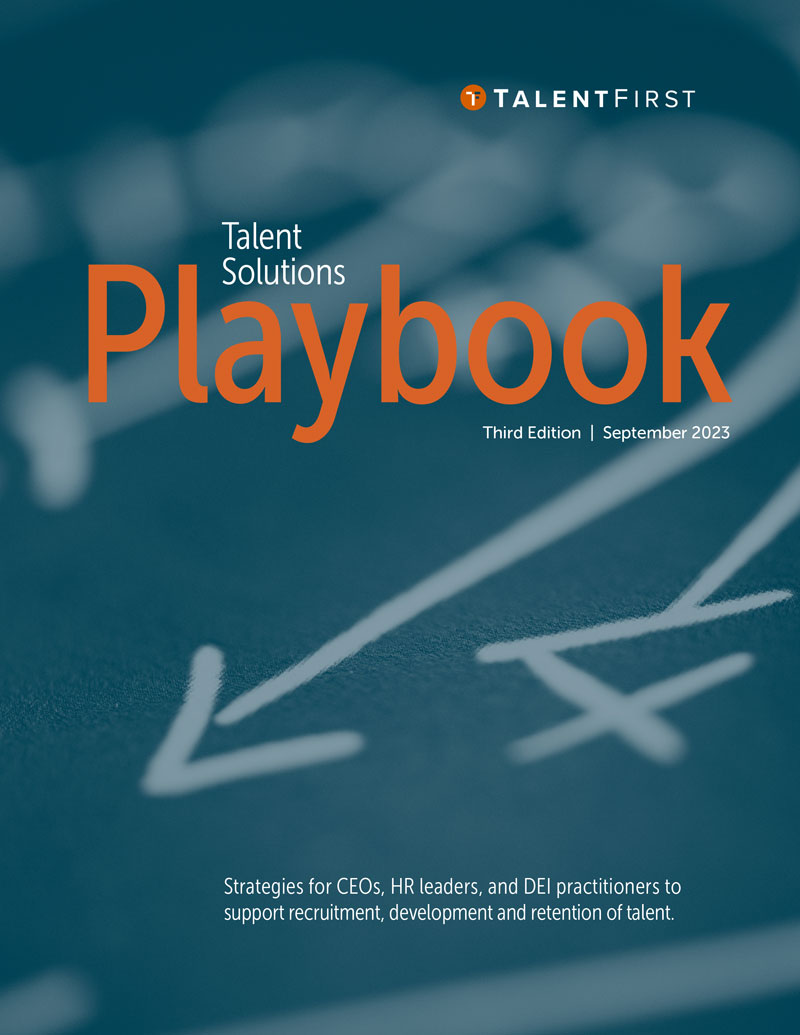Evaluate Current Skills and Gaps
Take a skills-based approach to identify current and projected gaps — either social-emotional, technical, digital, or advanced cognitive skills that are lacking or expected to be in-demand — and then design and implement initiatives and pathways around these competencies.
- Compare the organization’s current supply of core skills (those that are hard-to-find and critical to organizational success) against current and forecasted demand, while considering the organization’s strategic ambition, the effects of digital transformation, and the overall business model.
- Identify which core skills can be developed internally and which can be more efficiently and effectively acquired through external sources like hiring, contracting, or partnerships with education and training providers. Develop a strategy to close anticipated gaps for critical, internal skills by determining which training formats to use, as well as how to design, deliver and track programs – for example, by using learning management systems.
- Execute skill-building efforts at scale. Ensure your workforce is building new skills, with dedicated organizational structures in place for learning (e.g., skilling hubs ), and a rigorous and dynamic system to track the impact of learning.
